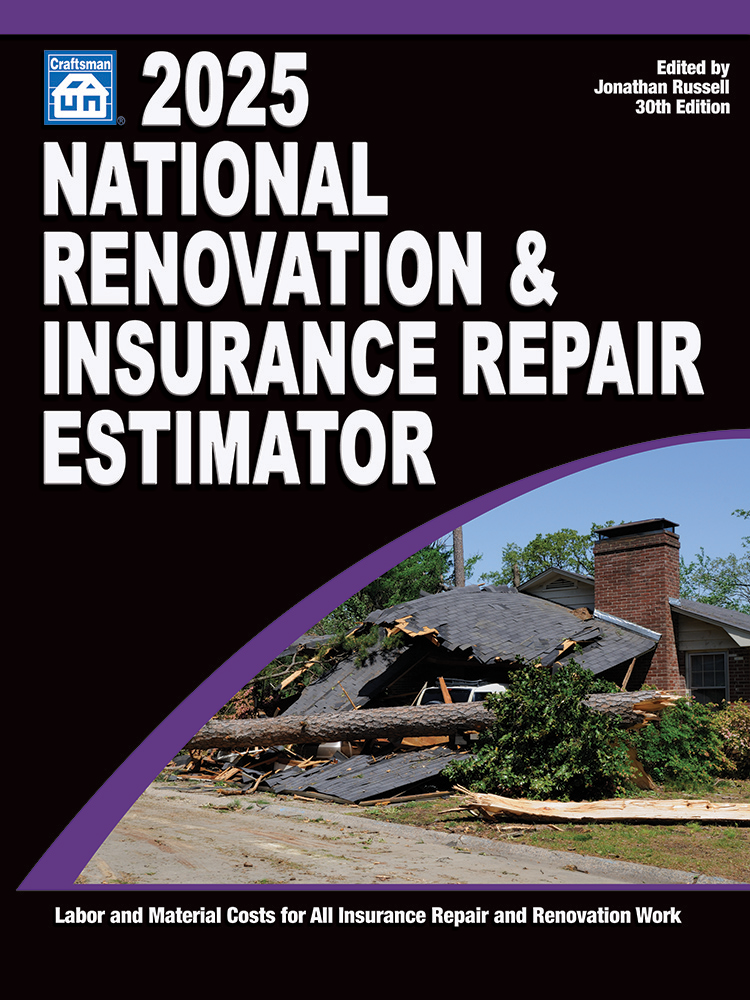The Pot of Gold: Explaining Property & Casualty Insurance Disaster Restoration

The wonderful world of Property & Casualty Insurance Disaster Restoration is a very lucrative field with the pot of gold worth more than 210 billion dollars in losses annually. As you might imagine, it has the potential to entice many people with unsavory backgrounds that are anything but beneficial to a property owner in their greatest time of need.
“In Irish mythology, the leprechaun is considered somewhat of a trickster who often appears at night and is the cause of small mishaps around the house. The leprechaun is most often depicted as a very small old man wearing a leather apron and dressed in green. He usually has large silver buckles on his shoes. Although wary and mistrustful of humans, especially restorers, the leprechaun is known occasionally to ride sheep or even the family dog for sport. All leprechauns (insurers) love gold and have their very own pot. Even though the rainbow tells people where the pot is, humans must catch the leprechaun first in order to find it. Since fairies granted leprechauns the magical ability to grant three wishes or disappear, it is next to impossible for a person to find the pot of gold at the end of the rainbow. Nevertheless, seeing a rainbow is still considered by many to be a sign of good fortune or luck.”
Not only does it have the potential to attract the unsavory, but the sad truth is also that these characters seamlessly join the ranks of the honest, hardworking operators that honorably serve our communities. These less than honorable providers include dysfunctional business owners, gold seekers from every walk of life — from the flim flam man, con-artist, and downright unethical operators who care about nothing more than the payday that a flooded, mold damaged or fire damaged property will provide.
Make no mistake about it — there is a love-hate relationship between the Insurance industry and the Disaster Restoration industry. However, before you gloss over that statement, I should remind you that the insurance industry is not exactly smitten with you, the restorer, when processing a claim.
They are not in the business of pouring out money to insureds on property damage losses as a free-flowing faucet pours water. The opposite is the case. The faucet is set as a trickle, giving just enough to wet the insured's need for sustenance. With time in service, and a strong network of colleagues, friends and advisors with experience in the field, you will learn how to turn up the faucet and quench your thirst receiving what is rightfully due, nothing more and nothing less.
Ask any five friends, co-workers, neighbors, family members, or even strangers to recount their experience in dealing with the insurance behemoths during a property damage claim and you will hear variations of the same story. While there will be some that will recite an overall pleasant experience and a feeling of satisfaction with the settlement and the work that was performed during the restorative process, many more will cringe at the mere thought of having to narrate the nightmare and will liken the experience to “Dancing with the Devil,.” Or to “riding the tilt-a-whirl after having gorged at a cheap all-you-can-eat Mexican buffet.”
Exploring the dark inner workings and nefarious “black hat” tactics of the insurance industry can be an intimidating experience for a restorer, which oftentimes leaves him feeling a sense of fear and exposure that is better off left alone, whereby causing many restorers to throw in the towel even when in their deepest heart of hearts know that the settlement wasn’t fair.
To be clear, I am really talking about the goliaths, the ones that prey on the very people who have helped them to amass fortunes that regular types of men or women, myself included, have no way of even conceptualizing, due to their enormous footprint in the world of insurance.
When evoking the phrase “winning in the claims game” I am not inferring by any stretch of the imagination that property owners or restorers should attempt to take advantage of insurers through the property damage claim process. The fact is that insurers are not legally bound to be involved in the restoration of an insured’s property. They are however bound by law to pay a fair settlement to bring the property back to pre-loss condition in accordance with the Policy Contract. Nothing more, nothing less. The phrase refers more to having a fair and equitable claims settlement that leaves all involved parties satisfied.
Having said that, I also know from personal experience that nothing will bring out an opportunistic claimant and sadly an opportunistic restorer faster than an insurance-covered property damage.
Fraud, attempted fraud and claim exaggerations are used against insurers on a daily basis and any seasoned restorer can share firsthand stories of cunning property owners who made every effort to defraud their insurers. Sometimes they are successful, other times the opportunist is caught red-handed. Either way, the cat and mouse game between insurer and insured and restorer is a never-ending problem that has an overall tangible impact on the cost of insurance, deductibles, coverage and the restorer that gets caught in the web of deceit is the one who pays the price.
Looking for a reprint of this article?
From high-res PDFs to custom plaques, order your copy today!







